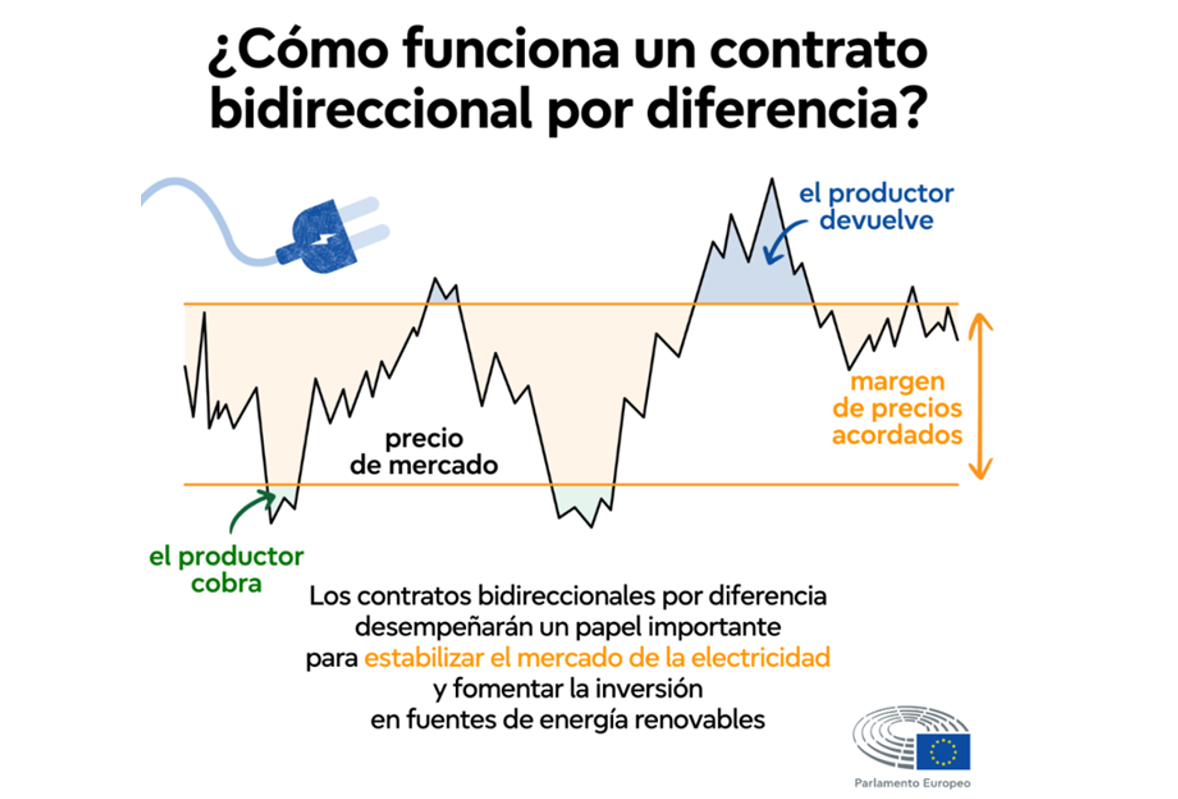Reforms in the European Gas and Electricity Markets
Last April, the European Parliament and the Council of the European Union approved the adoption of a series of vital reforms for the gas markets, including hydrogen, and the electricity market, proposed by the end of 2023. These reforms are part of an interim political agreement on a Regulation establishing common rules for the internal market in natural gas, renewable gases and hydrogen. The aim of the reform is to facilitate the penetration of renewable and low-carbon gases (hydrogen and biomethane) into the energy system. This agreement will bring multiple benefits to consumers and our planet, reducing the use of fossil fuels and reducing dependence on fossil fuels.
The Directive is part of the decarbonisation package for the hydrogen and gas markets, which also includes a Regulation. Both the Regulation and the Directive are part of the “Fit for 55” package and aim to create a regulatory framework for hydrogen-specific infrastructure and markets and integrated network planning.
This provisional agreement provides for the creation of a new independent entity in the hydrogen sector: the European Network of Hydrogen Network Operators (ENHNMO). This entity will be independent from the European Network of Transmission System for Gas (ENTSO-G) and the European Network of Transmission System Operators for Electricity (ENTSO-E, but will take advantage of synergies and cooperation between the three sectors.
In addition, it has been agreed to extend the demand aggregation and joint gas purchasing mechanism adopted during the energy crisis, although the participation of gas companies must be fully voluntary. Gas companies established in European Community countries can participate in the mechanism as buyers but supplies from Russia or Belarus are excluded. It has also been agreed to create a voluntary mechanism to support the development of the hydrogen market to facilitate the work of the European Commission in the framework of the European Hydrogen Bank.
Decarbonised gases and hydrogen market package
The Commission’s proposal for a recast of the Union Directive under the name DIRECTIVE OF THE EUROPEAN PARLIAMENT AND COUNCIL 2021/0425 on gas(resource.html (europa.eu)) establishes common rules on the transmission, distribution, supply and storage of gases using the natural gas network, as well as on the establishment of an interconnected hydrogen market in the Union.
On the other hand, the proposal for directive 2021/0424 (COD)(resource.html (europa.eu)) focuses on the establishment of harmonised principles for tariffs and capacity allocation for specific hydrogen networks, as well as on the rules for access to the natural gas network for renewable and low-carbon gases.
The key points modified by this reform proposal are summarised as follows:
- Establishment of a common framework for the decarbonisation of the natural gas and hydrogen markets, to contribute to the achievement of the European Union’s climate and energy objectives.
- Common definitions of hydrogen and low-carbon fuels to harmonise and main objectives of hydrogen infrastructures.
- Certification of low carbon fuels.
Improvement of the EU electricity market configuration
Due to the recent energy crisis, accompanied by high prices and energy supply problems, it triggered a number of Union policy initiatives. The legislative proposal to improve the configuration of the electricity market envisages a revision of the Electricity Regulation and the Electricity Directive and introduces several amendments to the Renewable Energy Sources Directive and the ACER (Agency for the Cooperation of Energy Regulators) Regulation.
The commission’s proposal (eurlex.europa.eu/legalcontent/EN/TXT/PDF/?uri=CELEX:52023PC0148) includes provisions to improve consumer protection by offering more fixed-price contracts and strengthening the obligations of suppliers. The proposal incentivises energy communities, self-consumption and the shared use of renewable energy (e.g., the sale to neighbors of excess electricity from solar panels installed on the roofs of buildings). It also promotes the use of long-term instruments such as power purchase agreements between companies and suppliers, as well as contracts for difference between power generators and public entities. Other changes in the configuration of the electricity market include improved integration and liquidity in forward markets, as well as solutions that improve flexibility, such as demand response and storage.
The way in which the EU aims to achieve stability in the electricity market is through two-way contracts for difference (CFD) for new investments in low-carbon energy production that require public financing. This means that national authorities agree with electricity producers on a price band for energy. This benefits both parties, producers can be sure of being able to sell power at a predictable price, while providing new power to consumers.
The key points of the proposal in the electricity market are framed as:
- Consumer protection from price volatility.
- Direct price support systems in the form of two-way contracts for difference for investment.
- Access to affordable energy during an electricity price shock.
- Protecting vulnerable consumers and encouraging energy conservation.

Figure 1. Operation Bidirectional contract
REFERENCES